22 Sweet Turkish Pastries That Make Your Taste Buds Dance
Turkish sweet pastries represent a delectable world of culinary artistry that tantalizes taste buds with rich, indulgent flavors.
Bakers across regions have perfected these delightful treats through generations of passionate craftsmanship.
Intricate preparation methods transform simple ingredients into extraordinary confections that dance between crispy textures and syrupy smoothness.
Each pastry tells a story of cultural heritage, blending traditional techniques with contemporary creativity.
Skillful hands knead, fold, and shape dough into delicate forms that capture centuries of gastronomic tradition.
Sweetness harmonizes with nuts, butter, and fragrant spices, creating irresistible delicacies that surprise and delight.
The magic of these pastries lies in their ability to connect people through shared moments of pure culinary joy.
These 22 favorite Turkish sweet pastries will make your mouth water and transport you to a world of delicious wonder:
Favorite Turkish Sweet Pastries You Can’t Resist
Turkish sweet pastries combine flaky layers, fragrant syrups, and toasted nuts in every bite. Each treat is a reminder of bustling bazaars and the warmth of Turkish hospitality.
Antakya Kunefesi
Antakya kunefesi transforms shredded phyllo pastry into a golden, crispy dessert originating from Turkey's ancient Antakya region.
Ottoman Empire culinary traditions inspired this sweet delicacy featuring delicate layers of thin pastry and creamy unsalted cheese.
Skilled bakers carefully prepare kadayıf dough by shredding phyllo into fine strands for a signature texture.
Hatay peyniri, a local cheese variety, provides a rich, mild filling between pastry layers.
Bakers generously spread the cheese mixture and cover it with more shredded dough.
Precise layering creates a perfectly balanced dessert with contrasting crisp and soft textures.
Skilled artisans bake the kunefesi until it reaches a beautiful golden-brown color.
Warm syrup often completes this traditional Turkish treat, adding a sweet finishing touch.
Kunefe
Kunafah represents a luxurious Middle Eastern dessert featuring crispy shredded kataifi dough layered with creamy cheese and drenched in fragrant sugar syrup.
Professional bakers craft this treat by carefully arranging two crunchy layers of buttered pastry around a luscious cheese center seasoned with orange zest and cardamom.
Turkish regions like Hatay and Antep specialize in creating this sweet delicacy using specific regional cheeses.
Warm serving transforms the dessert into a melting sensation that highlights its complex textures.
Orange blossom water and lemon juice infuse the syrup with bright, zesty notes.
Pistachios sprinkled on top add a delightful crunch and nutty flavor.
Restaurants and home cooks cherish this dessert for its intricate balance of sweetness and richness.
Each bite promises a perfect harmony of crisp pastry, smooth cheese, and aromatic syrup.
Katmer
Katmer is a crispy, layered pastry beloved in Gaziantep, Turkiye's culinary heartland renowned for its exceptional pistachios and rich cultural heritage.
Southeastern Anatolian bakers craft this sweet breakfast delicacy by stretching thin dough and filling it with crushed pistachios, sugar, and clotted cream.
Locals consider katmer a morning ritual, with dedicated bakeries opening early to serve fresh, warm slices.
Wedding traditions highlight its significance, as newlyweds traditionally share katmer as their first meal together.
Professional bakers carefully layer the dough, creating a delicate, flaky texture that crumbles with each bite.
Gaziantep's unique preparation method transforms simple ingredients into a symbolic and delicious breakfast experience.
Regional pistachios provide a distinctive nutty flavor that elevates the pastry's overall taste.
Generations have passed down this culinary art, preserving katmer as a cherished symbol of southeastern Turkiye's gastronomic culture.
Gaziantep Baklavas
Antep baklava are legendary sweet pastries originating from Gaziantep, Turkiye, crafted with paper-thin phyllo layers and rich pistachio fillings that melt in your mouth.
Ottoman palace kitchens first perfected this delicate dessert during the 15th century, transforming simple ingredients into an extraordinary culinary masterpiece.
Gaziantep bakeries produce over 500 variations, celebrating the region's world-famous pistachios during harvest season from midsummer to September.
Traditionally prepared for Eid-al-Fitr celebrations, these nutty treats symbolize cultural heritage and generations of baking expertise.
Crisp phyllo sheets are carefully layered with ground pistachios and saturated with sweet syrup, creating an intricate texture that balances crunch and softness.
Skilled bakers meticulously assemble each piece, ensuring uniform thickness and precise nut distribution.
European pastry makers later adopted similar techniques, spreading baklava's influence across Mediterranean regions.
Baklava
Baklava represents a luxurious Mediterranean dessert featuring delicate layers of thin phyllo dough packed with crushed nuts and drenched in sweet syrup.
Turkish culinary traditions claim its modern creation, though its origins trace back to 8th-century Assyrian recipes.
Greek bakers pioneered the signature phyllo dough technique that transformed the pastry's texture and technique.
Multicultural influences spread baklava across Mediterranean and Middle Eastern regions, each culture adding unique regional variations.Nut selections typically include pistachios, walnuts, or almonds, carefully layered between paper-thin pastry sheets.
Honey or sugar syrup provides intense sweetness that binds the crisp layers together.
Skilled bakers meticulously assemble the dessert, creating intricate patterns and textures.
Every bite offers a complex blend of crunch, nuttiness, and sugary richness that has made baklava a beloved international dessert.
Fstkl Sarma
Fstk sarma is a Turkish pastry showcasing Gaziantep's prized early-harvested pistachios in a naturally bright green paste-like filling.
Green pistachio butter (fstk ezmesi) gets carefully wrapped in a single phyllo dough sheet, creating a marzipan-like sweet with pure pistachio intensity.
Gaziantep pistachios give the treat its signature vibrant color and distinctive flavor profile.
Traditional bakeries craft these rolls with meticulous attention to texture and presentation.
Each bite delivers a smooth, rich pistachio experience that reflects Turkish dessert craftsmanship.
Regional bakers consider this sweet a delicate representation of southeastern Turkey's culinary heritage.
Minimal ingredients highlight the exceptional quality of the pistachios.
Small portions ensure concentrated nutty flavors remain the centerpiece of this elegant confection.
Sobiyet
Sobiyet baklava stands out as a unique Turkish dessert featuring a rich cream-based filling nestled within delicate phyllo layers.
Kaymak, a thick clotted cream, combines with semolina to create its signature smooth interior texture.
Bakers carefully cut phyllo sheets into squares, brushing each layer with melted butter for maximum crispness.
Chopped walnuts blend seamlessly with the creamy kaymak before the dough is expertly folded into elegant triangles.
After baking, bakers generously drench the pastry in a zesty lemon-infused syrup that enhances its sweetness.
Crushed pistachios or walnuts provide a final decorative and crunchy garnish.
Traditional in Turkish cuisine, sobiyet represents a sophisticated twist on classic baklava preparations.
Each bite promises a harmonious balance of creamy, nutty, and sweet flavors that showcase the dessert's complex culinary heritage.
Burma Kadayf
Burma kadayf is a twisted pastry delicacy featuring shredded phyllo-like dough meticulously wrapped around rich pistachio nuts.
Originating from Turkish dessert traditions, this sweet treat stands out for its unique spiral shape and crunchy texture.
Bakers carefully roll thin kadayf strands around whole or ground pistachios, creating intricate cylindrical pastries.
After baking to golden perfection, bakers generously drench the pastries in a sweet lemon-infused syrup.
Ground pistachios are sprinkled on top, adding visual appeal and extra nutty flavor.
While pistachios remain the most popular filling, some variations incorporate walnuts for a different taste profile.
Burma kadayf requires skilled hands and precise techniques to achieve its signature twisted form.
Each bite promises a harmonious blend of crispy dough, sweet syrup, and nutty crunch.
Lokma
Lokma fritters are golden-brown, crispy pastries dripping with sweet syrup that originated in ancient Mediterranean cultures.
Greek historical records trace these deep-fried treats back to early Olympic celebrations where winners received honey-coated tokens.
Mediterranean street vendors frequently sell these sugar-packed desserts made from simple ingredients like flour, yeast, salt, and sugar.
Culinary experts believe the fritters first emerged in Greece or Turkey, though Arabic influences are also possible.
Traditional preparation involves carefully deep-frying dough until perfectly crisp before generously coating each piece in honey or sugar syrup.
Cypriot versions called loukoumades can be found in specialized shops across Greece.
Regional variations sometimes include sprinkles of cinnamon or nuts for added texture and flavor.
Bulbul Yuvas
Bulbul yuvas are distinctive Turkish ring-shaped pastries crafted from delicate phyllo dough and stuffed with ground pistachios or other nuts like hazelnuts, almonds, and walnuts.
Nicknamed "nightingales nest" for their intricate circular shape, these desserts feature a golden-brown exterior that cradles rich nutty fillings.
Bakers carefully shape the dough into rings before filling and baking them to a crisp perfection.
After emerging from the oven, each pastry receives a generous drizzle of sweet syrup made from sugar, water, and lemon juice.
They are also ideal when pairing with robust Turkish coffee or fragrant tea.
Nutty flavors and crisp textures make bulbul yuvas a beloved sweet in Turkish cuisine.
Regional bakeries and home cooks prepare these pastries during special gatherings and celebrations.
Kalburabast
Kalburabast are unique Turkish syrup-soaked pastries distinguished by their distinctive sieve-pressed surface design, originating from traditional holiday celebrations during Seker Bayram.
Butter, flour, semolina, and walnuts form the pastry's rich base, creating a textured sweet treat with intricate holes pressed through a sieve.
Named from Turkish words meaning "sieve" and "press," these small desserts showcase a complex preparation method involving careful dough manipulation.
Baking soda helps create the pastry's light texture, while sugar syrup made with water and lemon juice provides a glossy, sweet coating.
Home bakers carefully craft each pastry by hand, ensuring the signature perforated appearance.
Sugar syrup penetrates deeply into the pastry, creating a moist and indulgent dessert.
These pastries represent a beloved sweet tradition in Turkish cuisine, often shared during festive gatherings.
Kadayf Dolmas
Kadayf dolmas are crispy Turkish pastry rolls originating from Erzurum that showcase a delicate balance of textures and flavors.
Thin kadayf dough strands carefully wrap around a rich nut filling, creating a golden-brown exterior when fried.
Cooks prepare these sweet treats by flattening the fine dough and stuffing it with roughly chopped nuts like pistachios or walnuts.
After rolling the dough into small elongated shapes, they dip the rolls in beaten eggs for added crispness.
Each roll transforms into a crunchy delight when deep-fried to a perfect golden color.
Syrup often accompanies these pastries, adding a sweet finish to the crisp exterior and nutty interior.
Traditional in Turkish cuisine, kadayf dolmas represent a beloved dessert that balances crunch and sweetness.
Served during celebrations and family gatherings, these pastry rolls remain a popular sweet treat across Turkey.
Kestaneli Baklava
Chestnut baklava represents a luxurious Turkish dessert featuring layers of delicate phyllo pastry wrapped around candied whole chestnuts.
Originating in Bursa's Marmara region, this sweet specialty became a nationwide favorite across Turkey.
Skilled bakers carefully prepare thin phyllo sheets and roast fresh chestnuts before caramelizing them in sugar syrup.
Each pastry delivers a rich, nutty flavor with a smooth, crunchy texture that melts in your mouth.
Traditional preparation involves multiple layers of handcrafted pastry folded around glossy candied chestnuts.
Regional bakeries pride themselves on maintaining authentic techniques passed through generations.
Families often serve this dessert during special gatherings and celebrations.
Dessert lovers relish the balanced sweetness and complex nutty undertones of this classic Turkish treat.
Acma
Acma are traditional Turkish pastries featuring a uniquely soft, flaky texture and versatile flavor profile that distinguishes them from other bakery items.
Turkish bakers craft these round, twisted breads using a delicate mixture of flour, yeast, yogurt, milk, eggs, butter, and olive oil.
Street vendors and home kitchens across Turkey prepare sweet and savory versions of these beloved breads.
Salt and sugar balance the ingredients, creating a tender dough that bakes into a golden, slightly crisp exterior.
Families often enjoy acma during breakfast or as a quick snack throughout the day.
Regional variations might include different herbs or spices mixed into the dough.
Bakeries typically shape the pastry into circular forms with elegant twists.
Warm acma pairs perfectly with tea or coffee, making it a popular comfort food in Turkish cuisine.
Gullac
Gullac is a delicate Turkish dessert featuring thin, translucent cornstarch pastry sheets soaked in sweetened milk and layered with crushed nuts.
Ottoman palace kitchens first created this Ramadan specialty during the 15th century, serving it primarily at royal ceremonies and celebrations.
Rosewater provides a subtle fragrance that distinguishes gullac from other Turkish sweets.
Walnuts, hazelnuts, and almonds add rich texture and nutty depth to the dessert's light structure.
Milk-softened pastry layers create an ethereal, cloud-like consistency that melts in you mouth.
Compared to heavier traditional desserts like baklava and lokma, gullac offers a lighter, more refreshing option during fasting periods.
Its name originates from Turkish words meaning "rosy dish," reflecting its delicate rose-scented profile.
Torpil-Tatlisi
Rurki z krememin are traditional Polish cream rolls featuring delicate, thin pastry wrapped around luscious whipped or pastry cream.
European bakers craft these torpedo-shaped desserts with precision, creating a beloved sweet treat originating from regions like Poland, Turkey, and Bulgaria.
Regional variations showcase diverse cream and pastry techniques, reflecting each country's unique culinary approach.
Bakers carefully roll the lightweight dough into cylindrical shapes, ensuring a crisp exterior and smooth interior.
Generations have enjoyed these delicate pastries as afternoon snacks or special occasion desserts.
Families often pass down specific recipes, preserving traditional preparation methods.
Sweet cream and flaky pastry combine to create a simple yet elegant treat.
Tourists and locals alike savor these iconic cream-filled rolls as a delightful gastronomic experience.
Nokul
Nokul are traditional Turkish sweet pastries characterized by intricate spiral shapes and rich poppy seed fillings that distinguish them from ordinary breakfast treats.
These golden-brown delicacies blend soft dough with ground poppy seeds, creating a unique texture and nutty flavor profile.
Bakers carefully roll thin dough layers with generous poppy seed mixtures before twisting them into elegant spiral patterns.
Sugar and vegetable oil enhance the pastry's richness and smooth consistency.
Regional variations exist across different parts of Turkey, with some families maintaining generational recipes.
Salt and yeast contribute to nokul's complex taste and light, airy texture.
Warm nokul often serve as appetizers or breakfast accompaniments in Turkish households.
Bakeries and home kitchens prepare these pastries as beloved comfort food with deep cultural significance.
Sutlu Nuriye
Sutlu nuriye are delicate Turkish pastries featuring layers of thin phyllo dough filled with ground hazelnuts and drenched in a sweet milk-based syrup.
Originating in Turkey during the 1980s, these light desserts offer a creamy alternative to traditional baklava.
Hazelnuts provide a rich, nutty core that complements the delicate pastry layers.
Milk syrup adds a unique softness and subtle sweetness to each bite.
Regional bakers across Turkey prepare these treats with careful attention to texture and flavor balance.
Gentle cooking techniques ensure the phyllo remains crisp while absorbing the milk syrup.
Family gatherings and special occasions often feature sutlu nuriye as a beloved dessert.
Generations have enjoyed this sweet specialty that beautifully blends Turkish culinary traditions.
Visneli Baklava
Visneli baklava represents a tangy Turkish dessert featuring layers of crisp phyllo pastry stuffed with sour cherries and drenched in sweet syrup.
Sour cherries provide a sharp contrast to the dessert's sugary base, creating a balanced flavor profile that delights the palate.
Turkish bakers carefully layer thin phyllo sheets with ground nuts and fresh sour cherries, then bake the pastry until golden brown.
After baking, they generously pour lemon-infused syrup over the warm pastry, ensuring each layer absorbs the sweet liquid.
Kaymak, a rich Turkish clotted cream, often accompanies this dessert, adding a luxurious creamy element.
Originating in Ottoman cuisine, visneli baklava reflects the region's sophisticated dessert-making traditions.
Sour cherries contribute a distinctive tartness that cuts through the sweetness, making this baklava version unique.
Kandil Simidi
Kandil simidi are traditional Turkish ring-shaped pastries exclusively prepared during religious holidays with a rich, buttery texture.
Sesame seeds generously coat these golden-brown treats, creating a crispy exterior that complements their soft inner crumb.
Bakers craft the dough using a blend of butter, oil, yogurt, eggs, flour, baking powder, sugar, and salt.
Religious significance marks these pastries as special celebratory items shared among families during important Islamic observance periods.
Sweet and slightly salty, the rings offer a delicate balance of flavors that complement traditional tea service.
Sesame seeds provide a nutty crunch that elevates the pastry's overall texture and taste.
Ottoman culinary traditions heavily influence this unique bread's preparation method.
Each ring represents a connection to cultural and religious heritage, making Kandil simidi more than just a simple pastry.
Dilber Dudag
Dilber dudag represents a sumptuous Turkish dessert featuring delicate phyllo pastry layered with crushed nuts and drenched in sweet honey syrup.
Originating from Ottoman cuisine, this pastry combines rich ingredients like hazelnuts, walnuts, milk, eggs, and butter to create a decadent treat.
Bakers carefully shape the dough into elegant half-moon forms before baking until golden brown.
Each layer promises a crisp texture that contrasts with the smooth, sticky syrup coating.
Sugar and lemon juice enhance the dessert's complex flavor profile.
Skilled bakers roll the phyllo dough paper-thin to ensure maximum crispness.
Traditionally served during special occasions, dilber dudag offers a luxurious sweet experience.
Regional variations exist across different parts of Turkey, with slight modifications in nut selections and syrup preparations.
Hanm Gobegi
Hanm gobegi are Turkish sweet pastries shaped like delicate dimpled rounds resembling a woman's navel, crafted from choux pastry carefully pressed in the center and deep-fried until golden.
Skilled bakers transform the dough into perfect spheres with a distinctive indentation before submerging them in hot oil.
Each pastry emerges crisp and light, then immediately gets drenched in rich sugar syrup that infuses the entire treat with sweetness.
Master pastry makers ensure the exterior remains crunchy while the interior stays soft and tender.
Servers often dust these pastries with powdered sugar for extra visual appeal.
Turkish families traditionally enjoy hanm gobegi during special celebrations and festive gatherings.
Street vendors and bakeries across Turkey sell these iconic treats throughout the day.
Regional variations might include subtle differences in syrup preparation or specific frying techniques.
Why Are Turkish Pastries So Rich in Nuts and Syrups?
Turkish pastries are renowned worldwide for their luscious layers of nuts and sweet syrups, a hallmark of their rich and indulgent character. This combination isn’t just about flavor - it’s deeply rooted in history, culture, and culinary tradition.
This love for nuts and syrup defines the luxurious experience of Turkish pastries, connecting centuries of culture with every mouthful.

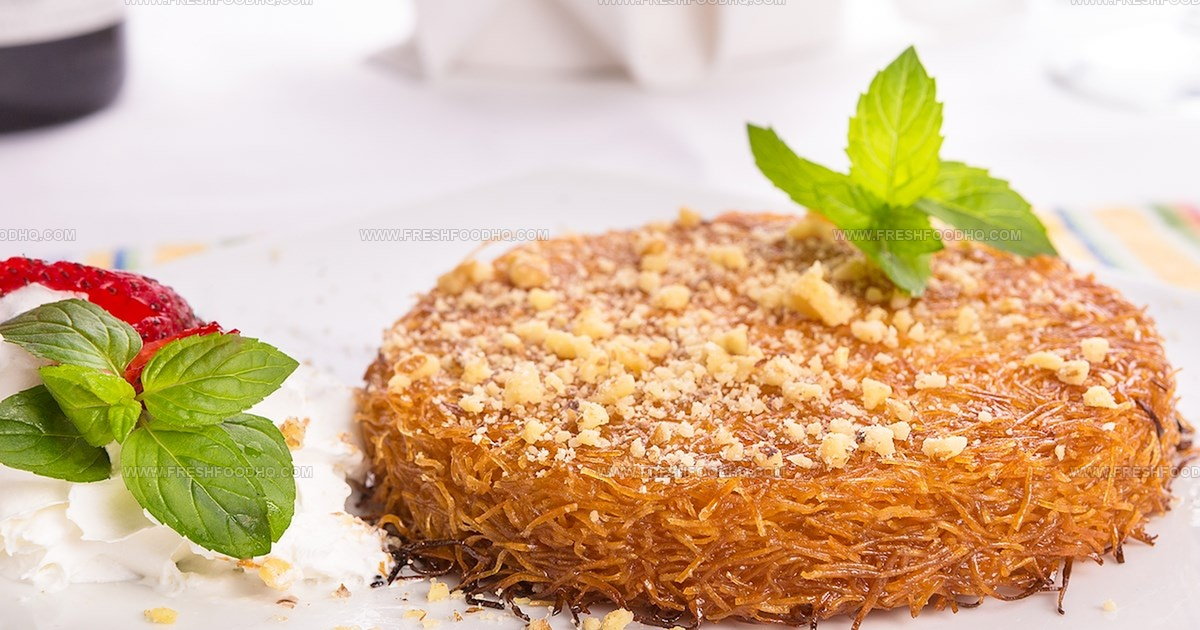
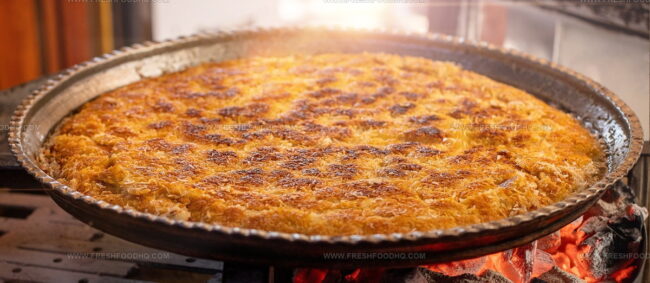
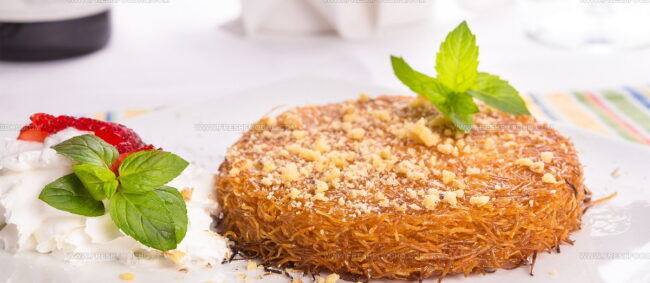
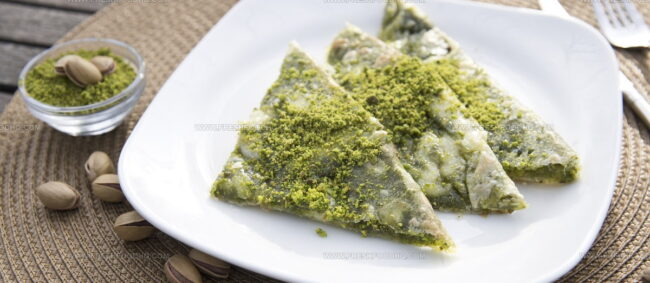
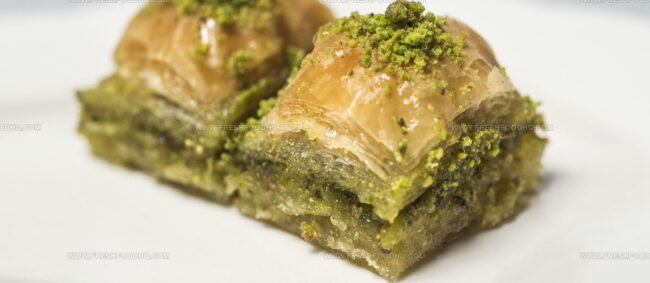
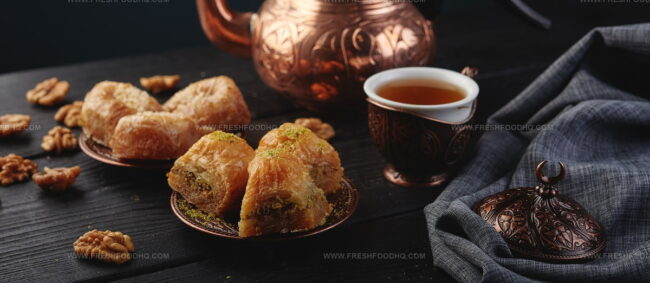
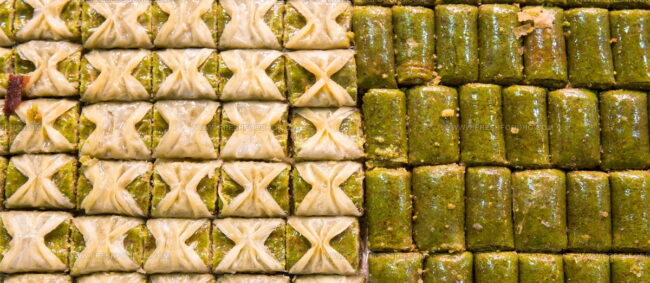
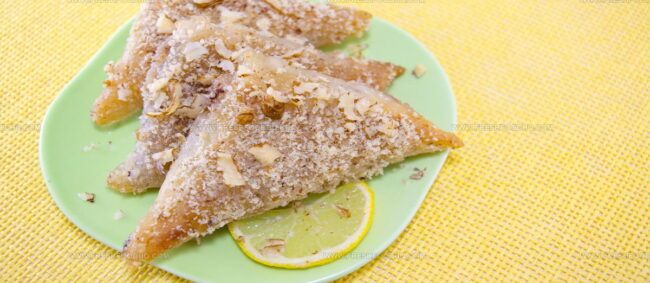
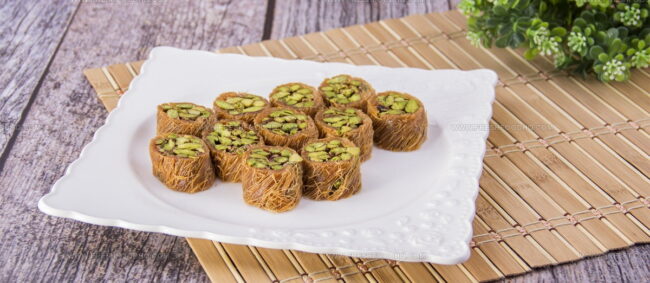
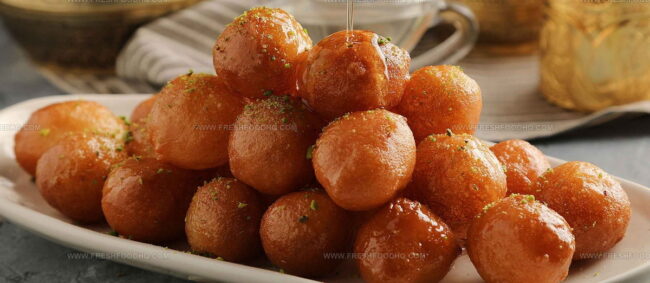
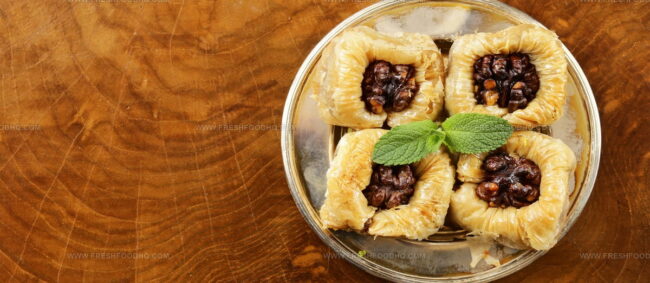
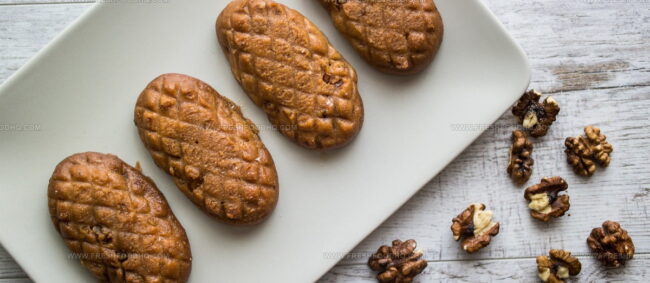
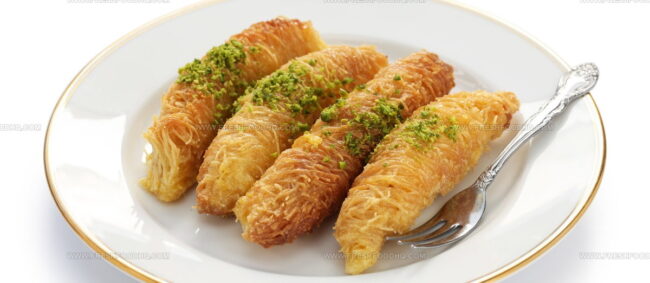
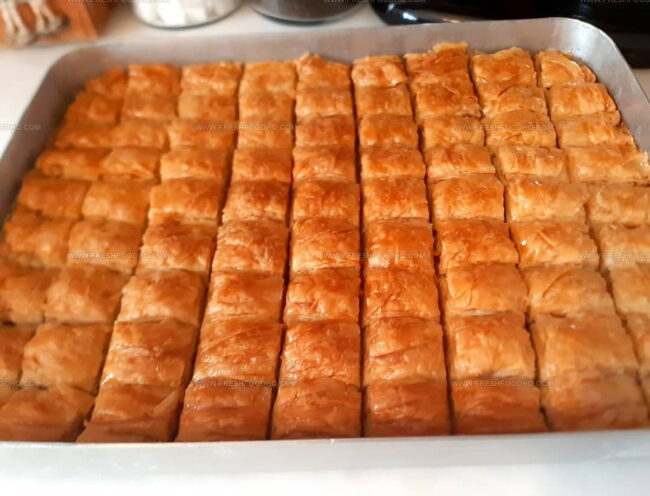
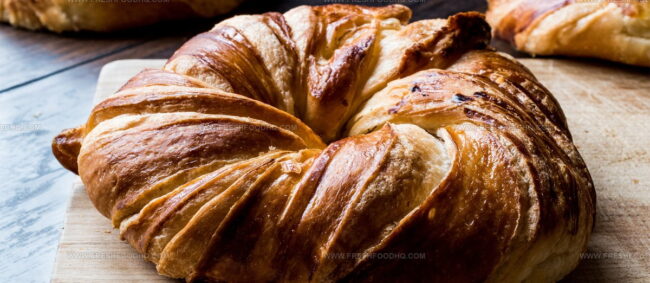
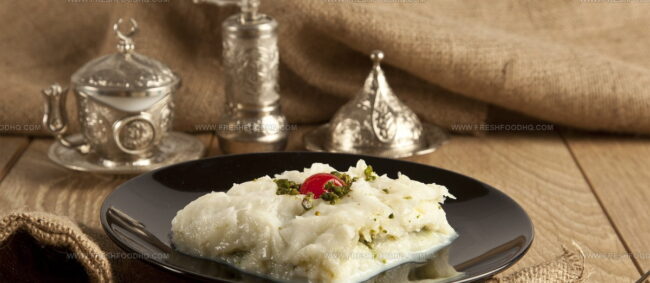

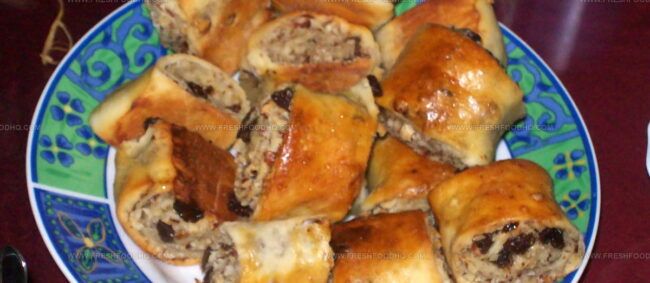
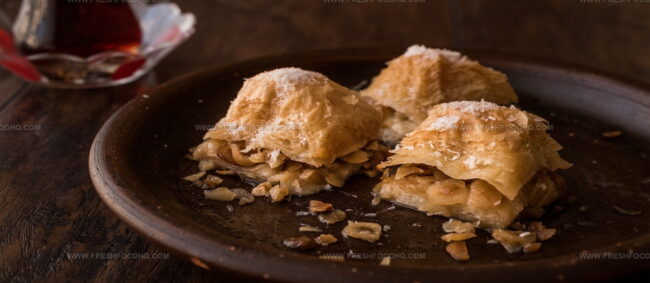
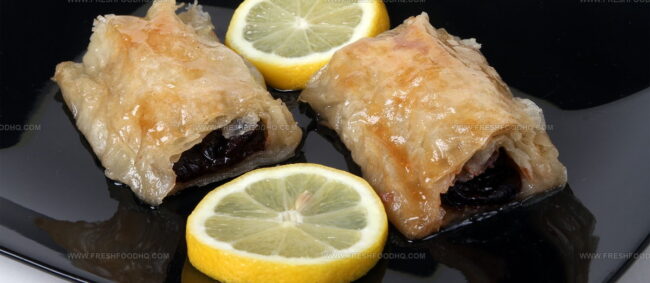
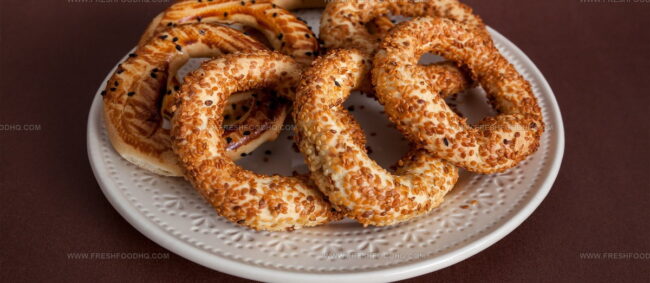
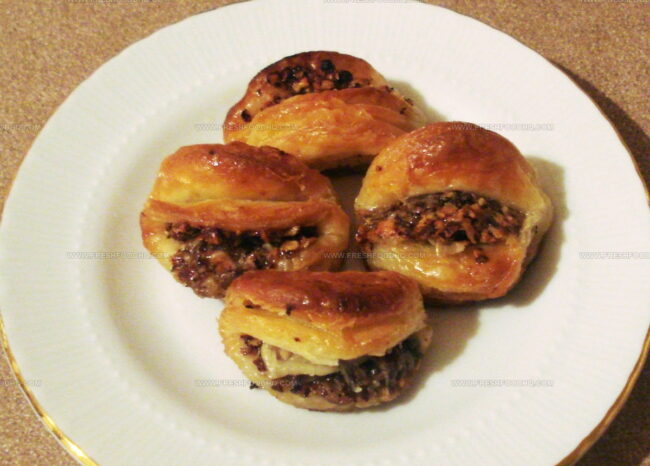
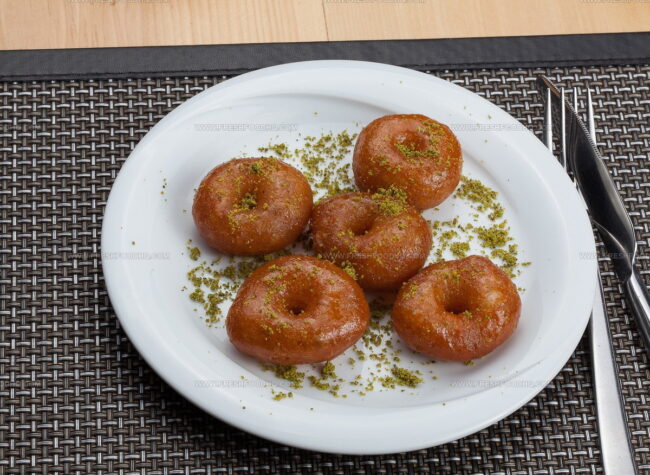
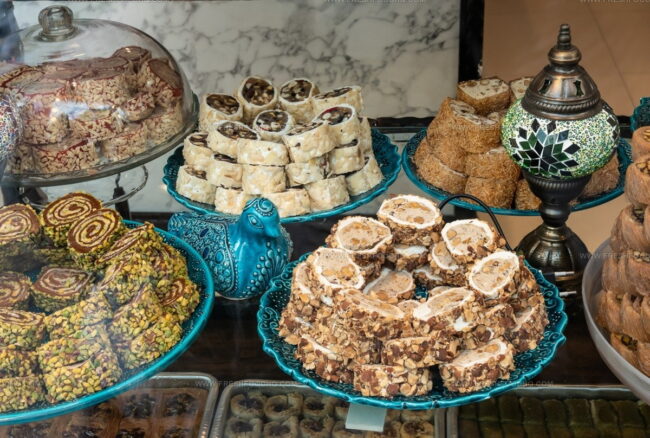
Ethan Caldwell
Founder & Culinary Innovator
Expertise
Farm-to-table cooking, Seasonal recipe creation, Culinary storytelling, Food photography and styling
Education
The Chef’s Academy (Indianapolis, IN)
Ethan didn’t just fall in love with food, he grew into it, surrounded by fields, farmers’ markets, and family meals that told a story.
After sharpening his skills at The Chef’s Academy, he took his passion straight into the farm-to-table movement, working side-by-side with local growers and seasonal flavors.
He believes every recipe should feel like a walk through a summer market: colorful, fresh, and full of possibility.
Outside the kitchen, Ethan’s idea of a perfect day is hiking mountain trails, digging into heirloom vegetables, and hosting casual dinners where seconds are always encouraged.